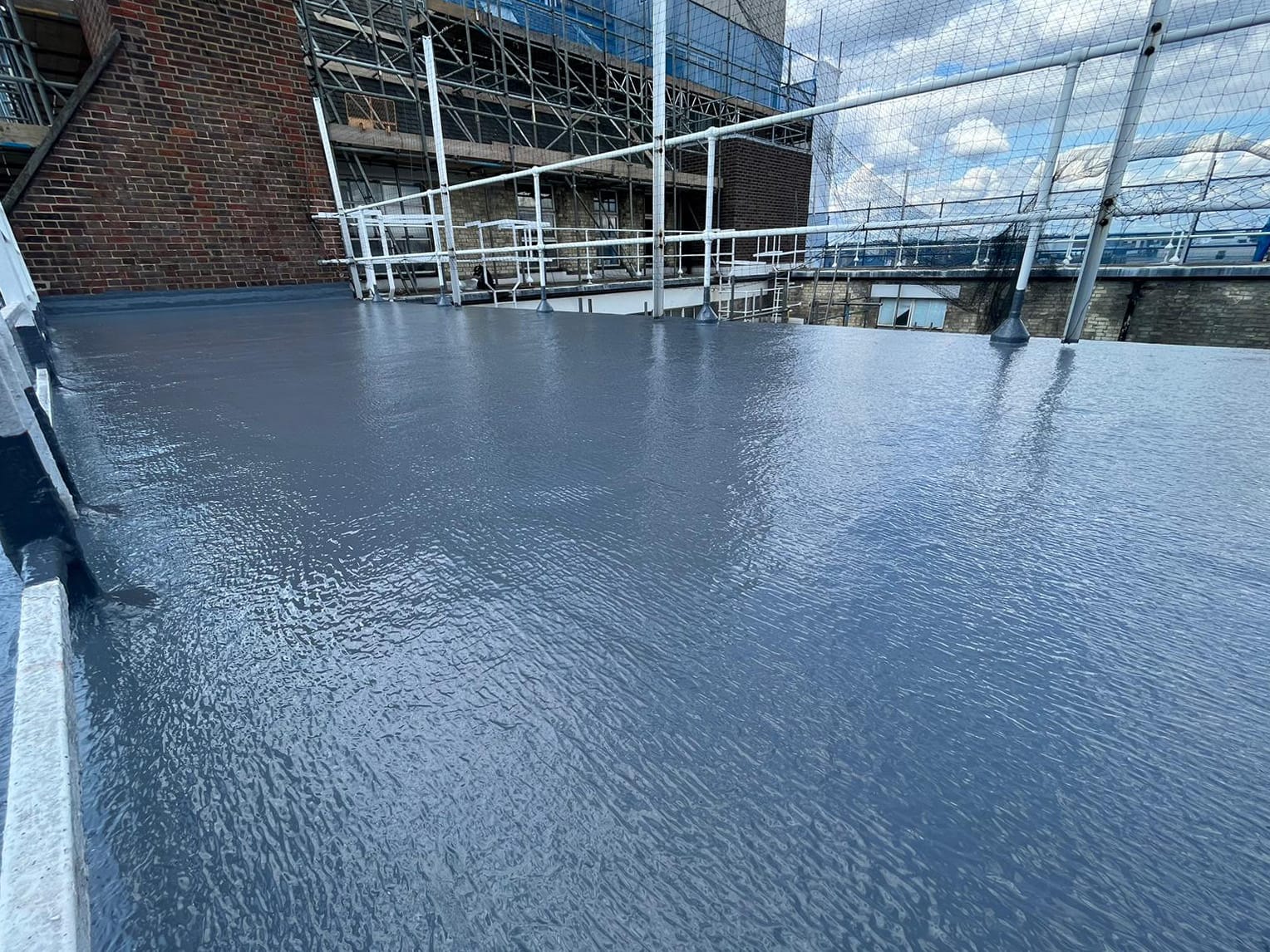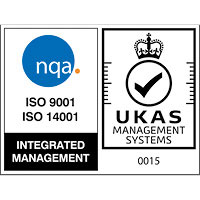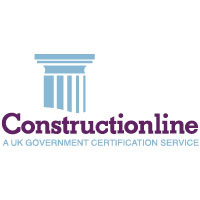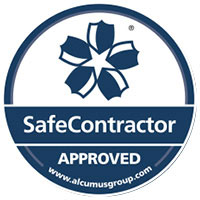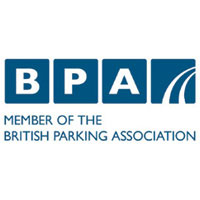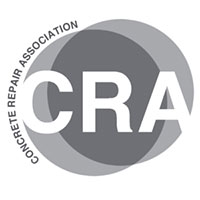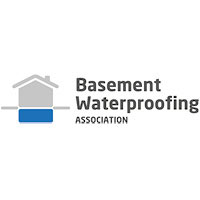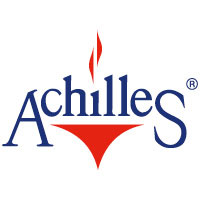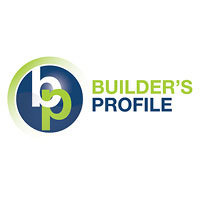Anhydrite Screeds
The introduction of flowing calcium sulfate screeds in recent years has provided the opportunity for improved performance and cost effectiveness. It results in better response times, giving improved control, as well as reduced energy consumption, enhanced safety and a quicker installation.
Such installations, however, require a different approach using specially designed systems installed by
properly trained operatives. Flowing screeds are applied in liquid form, with the screeds being pumped through large diameter hoses. The physical properties of the material allow a thinner screed (around 55mm overall thickness compared to 75mm for sand/cement screeds) which is also stronger and more consistent in quality. Anhydrite screeds are designed to provide a smooth level surface in both commercial and domestic buildings prior to the application of floor finishes and are particularly suitable as a floating screed, and for use with under floor heating systems.
Benefits
- Increased productivity – 2000m/day can be easily achieved.(average 500–1000 m/day)
Can be walked on in 24-48 hours
Extremely low shrinkage – does not curl and minimises the risk of cracking
Suitable for floating floor construction
Avoids the need for reinforcement
Ideal for use with underfloor heating systems
Weight saving as a result of thinner section
Large bay sizes of up to 30–40 linear metres
Protein-free and will not encourage the growth of bacteria
Non combustible
Minimal Thermal expansion
Excellent termal conductivity
Maximum bay lengths without the introduction of joints
Floating on Insulation Nominal 30m (max 40m)
Unbonded on Polythene/visqueen Nominal 30m (max 40m)
Bonded Nominal 30m (max 40m)
Underfloor Heating Maximum of 20m
Maximum bay size without the introduction of joints
Floating on Insulation 1000m
Unbonded on Polythene/visqueen 1000m
Bonded 1000m
Underfloor Heating 300m
Anhydrite screeds are not a wearing surface and a final floor finish must be applied. Sealers, primers or latex may be required depending on the floor finish involved.




